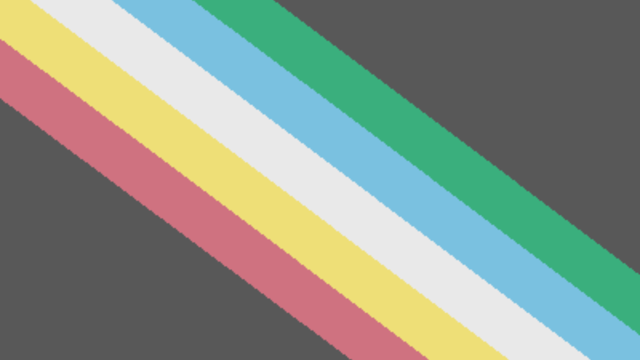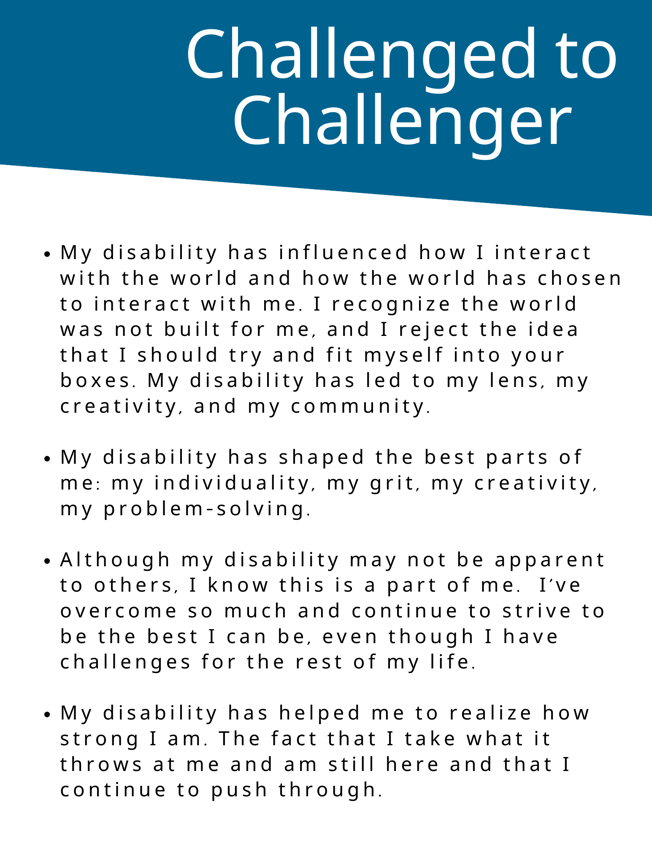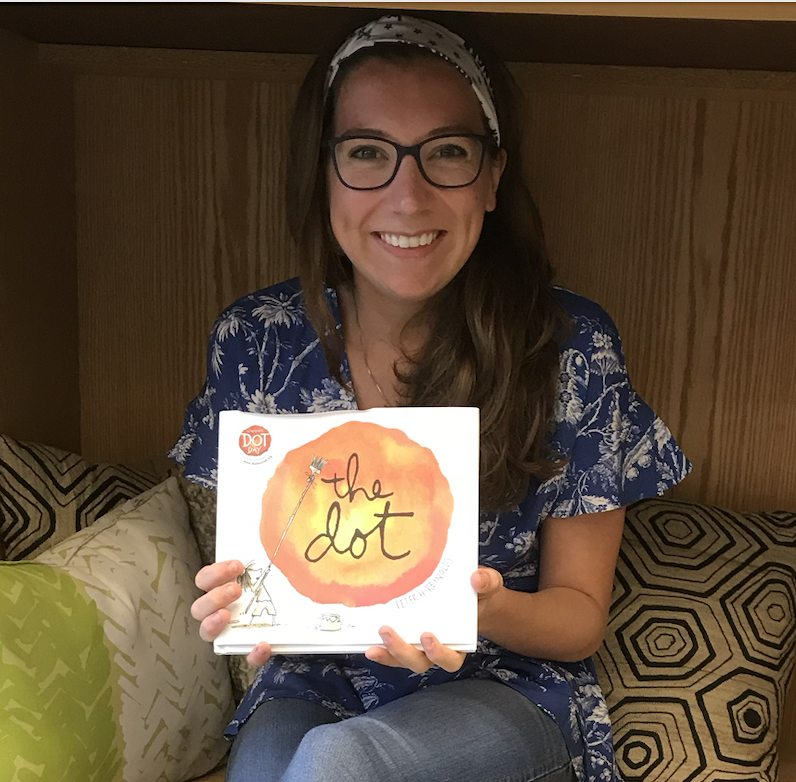
July is Disability Pride Month. July commemorates the passage of the Americans With Disabilities Act (ADA), a historic civil rights law prohibiting discrimination against people with disabilities in various spaces and contexts. However, Disability Pride Month challenges us to move beyond legal compliance and,

The Disability Pride flag was originally designed in 2019 by Ann Magill and then redesigned in 2021, in collaboration with other people with disabilities to make it more accessible. Each stripe has meaning: red for physical disabilities, gold for neurodiversity, white for non-apparent and not yet diagnosed disabilities, blue for emotional and psychiatric disabilities, and green for sensory disabilities. The charcoal backdrop represents the mourning and rage for victims of ableism and ableist violence.
Language holds the power to communicate our understanding of the world and to socialize others into that understanding. Historically our society has viewed disability as brokenness, an impairment to be diagnosed and fixed. We see this language baked into our education systems and materials with terms like “differently abled,” “impaired,” “deficit,” and “low functioning.” We see it in the headlines as we celebrate the “inspirational story” of a person with a disability who is “wheelchair-bound.” In this narrative, disability is shameful otherness that that person must overcome.
Disability Pride communicates a different understanding of disability, one that acknowledges the needed resilience to live in a world thats not designed for all, but also views disability as an asset, a part of identity, and rejects the notion that disability is brokenness or shameful. Year-round, we must recognize that disability is identity, community, and humanity.
We asked Challenged to Challenger, MIND’s affinity group for colleagues with disabilities, to share why they view their disability as prideful.

Companies report that 4-7% of their employees have disclosed a disability. Yet, surveys show that roughly 25% of employees identify as disabled or having a health condition that impacts their lives. A substantial subset of disabled employees are not disclosing their disability in the workplace. Why is that? To answer that question, we must reflect on how disability is represented in the media, the history of disability discrimination, how we frame accommodation policies, the stigma around certain disability types, and more. In a culture where disclosure feels like a risk, creating safe spaces for colleagues with disabilities to share experiences and resources becomes crucial.
When asked why our affinity group, Challenged to Challenger, is an important space and how it has influenced their work at MIND, two major themes emerged. 1. Our affinity group creates a space to discuss our experiences, histories, and identities, and unpack our own internalized ableism and ableism in the world around us 2. This space has also served as a way for employees to gather resources and support without having to disclose to a nondisabled manager or leader.
.png?width=668&height=865&name=DPM%20(2).png)
A culture of disability inclusion and accessibility does not happen by accident. It must be built into strategic plans year-long, designed into policies, meetings, and resources, and a mindset used in all interactions, decisions, and planning. Here are some action steps to consider throughout the entire calendar year.
Listen to disabled voices, reflect on your own internalized ableism, and start intentionally looking for ableism in your interactions, the media, and the world around you.
Read or Listen: How You Can Help Break the Cycle of Everyday Ableism and Being Heumann: an Unrepentant Memoir of a Disability Rights Activist by Judith Heumann
Follow: Imani Barbarin and other Disabled Changemakers
Watch: Crip Camp
There is a substantial misconception in the world that accessibility benefits only the disabled; however, accessibility benefits everyone. For example, the larger font sizes on your slide deck benefit those with low vision but also those sitting at the back of the room, who forgot their glasses, or who have a headache. Set accessibility standards that apply to your designs, communications, and interactions.
Accessibility is a cultural change and a technical change, both of which take time. Design a plan that considers incremental learning, capacity building, and design changes. Remember that learning is not linear, and there will be switchbacks and loops around in your map. For example, our accessible meeting standards already need an update to reflect our new learnings about color and contrast.
When we design with accessibility as an add-on at the end, we not only contribute to the narrative that dehumanizes and devalues disabled people, but we also miss out on opportunities for innovation.
Resources: Accessible Social, Deque University, and The A11y Project
Amplifying the voices goes beyond “stepping out of the way”. To truly amplify the voices of others, you can:
What is your plan to make Disability Pride a year-long mindset?
We plan to continue the conversation and offer some free downloadable educational resources. Stay tuned to join the discussion!

Erin Curtin is a curriculum developer and the facilitator of MIND's affinity group for colleagues with disabilities. She believes that we have the power to transform education through inclusive, accessible, and identity-affirming design. In her free time, you can find her hiking, skiing, or diving into a new podcast.
Comment